Cyberpunk may have totally replaced steampunk due to recent mainstream entertainment media, new generations of tech fans, and the realization of privacy-threatening mass surveillance.
The recent release of the movie Thor Ragnarok in 2017 did so well that it might have just killed steampunk. While cyberpunk has technically been around since the 70’s and 80’s with movies like Blade Runner, THX 1138, Ghost in the Shell, Minority Report, and The Matrix, the genre lacked a solid actualization of itself. Thor Ragnorak embraced cyberpunk aesthetics so well that it really helped define the new genre, of which some former movies can really now fit in the category.
Steampunk has been an underground fad for decades, focusing on 1800’s technology like steam engines, gears, and brass, from the angle as if future had arrived sooner. Steampunk has had a cult following for decades, but its time may finally be up; steampunk may finally be dead. While surely some people still enjoy the genre, it is dead because it is no longer what it used to be. Now, steampunk is an embracing of the past, which is no longer the type of feel that it once had. Instead, it has been replaced by cyberpunk. Even if steampunk did make a comeback, it would be a new form of steampunk that would more closely resemble cyberpunk than its true roots.
The reason why steampunk is dead is because before, steampunk was not an embracing of the past but rather a reimagining of the future with past technology. Steampunk effectively took old technology and integrated it with modern fads and trends; but unfortunately for steampunk, it can no longer integrate with today’s modern trends. As a result, steampunk now just takes very old technology (steam engines, the industrial age, etc) and bases it on less-old yet still outdated trends.
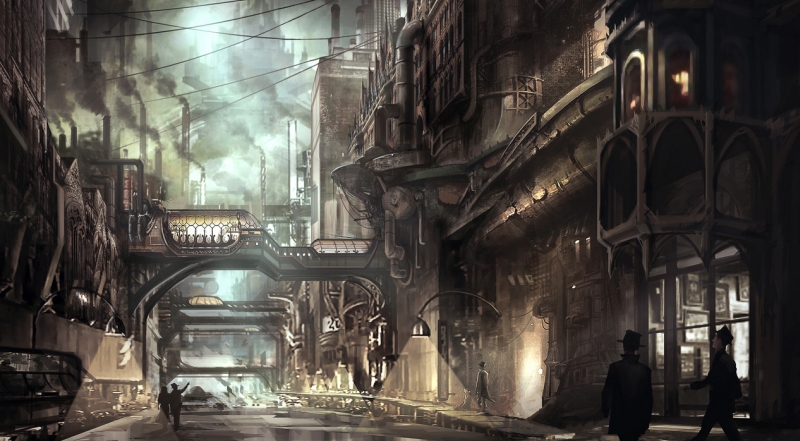
This steampunk city looks pretty awesome but is showing its age.
Today’s world is a new generation where modern technology reigns. At the heart of the culture of today’s fiction is no longer a historical, Victorian-style retrospect, but rather futuristic science fiction. What was once a generation of children who grew up reading Sherlock Holmes, 20,000 Leagues Under The Sea, and even The Green Hornet (the book, not the awful recent movie), is now replaced with a generation of people who grew up with Star Wars, Star Trek, and The Matrix.
There are a lot of different elements that have created the shift away from the steampunk genre and into a new era of cyberpunk. One element is that steampunk was largely based on imagination, which could be related to the fact that the previous generations used to read more books. Today, cyberpunk reigns, perhaps because its stunning visuals mesh very well with a new technological age of entertainment through television and special effects, rather than books and tangible mechanics.
While steampunk relies on existing (or formerly existing), real and tangible technology, even morphing it into trendy devices which do not have any functional purpose (like clothing with gears, for example); cyberpunk on the other hand relies largely on technological fantasy, much in a way that does not even truly exist yet. For example, holograms, functional laser guns, and bionics. Both steampunk and cyberpunk are fantasy, but they are fantasy in very different ways. The way that steampunk is fantasy is simply no longer relevant to the new generation.
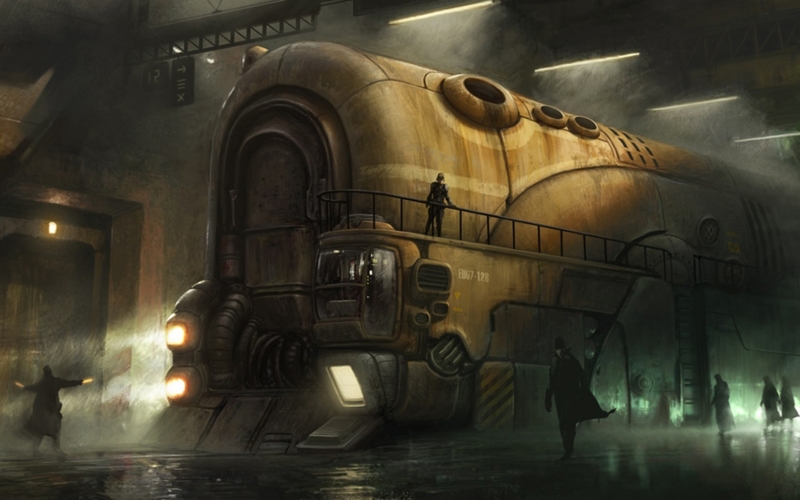
Steampunk submarines still look cool, but overall it is eclipsed by cyberpunk.
The feeling that one receives from steampunk is no longer the feeling that it once was, because this feeling has now been replaced by cyberpunk. Today, steampunk is no longer futuristic retro, but rather retro retro, which hence defeats its entire purpose and definition. Therefore, steampunk is effectively dead, even if some people can still enjoy it. It may not be dead in the sense that no one likes it, because certainly there are still many fans (albeit people who are a bit older – there are lesser teenagers and young adults, for sure); but it is dead in the sense that steampunk no longer embodies the modern retro ideal that it once had.
Instead, the reins have been passed to a new genre, cyberpunk. Steampunk was for a simpler generation. Today’s generation has grown up from childhood with modern technology and an abundance of information, and this generation has spent their childhoods in front of screens (games, movies and tv, handhelds, cell phones, etc) instead of outside and in the world. As a result, this generation is largely more intellectual (or at least, introspective), and exist more in their heads. Then with the advent of social media, online gaming, texting, and other technologies which have further disconnected people from tangible in-person real-world experiences, it has further changed the way that this new generation of people see the world.
Because of this, the tangible fantasy of steampunk is no longer relevant to our modern technological generation. And because this generation suffers from a new dystopian reality as a result of disconnectivity from people as a result of technology, the ideals inherent within cyberpunk are closer to home than the simpler fantasies of steampunk. The genre of cyberpunk is largely dystopian in nature, often portraying a highly advanced technological world with a vibrant atmosphere and stunning visuals; but contrasted with a bleak culture which has become disconnected from traditional ideals, and has become lost in helplessness and misery despite the high-tech world around them.

The recent “Ghost in the Shell” remake wasn’t that great, but the visuals and philosophy held true to cyberpunk.
Moreover, the dystopia of cyberpunk often dwells on lack of personal freedoms (e.g. digital surveillance), disconnection with reality (e.g. virtual reality), and oppressive systems which use the very technology that should have helped us to instead oppress us. This ideal is an ideal of a new age, which although foreseen over half a century ago in novels like George Orwell’s 1984 (published in 1949), it was only recently that such dystopian ideals could truly hit close to home. Because of the realities of today’s technological age, it has indeed created a sort of dystopia in the collective modern consciousness that seems to be creating an accelerating fear and concern about personal freedoms as a result of technology like never before.
Because of this, the genre of cyberpunk and the ideals within it have attracted recent generations of people who strongly identify with it. While on some levels people have become more superficial as a result of the technological societal disconnect, on other levels people have become deeper, as the lack of social context has caused many younger people to think more deeply and become more introspective.
This is why steampunk no longer appeals to recent generations and seems dull, boring, and lifeless when compared to the deeply introspective and philosophical ideals of cyberpunk; and why the cool Victorian aesthetics like steam engines and brass gears of steampunk pale in comparison to the neon lights, advanced technology, flying cars, and stunning visuals of cyberpunk.
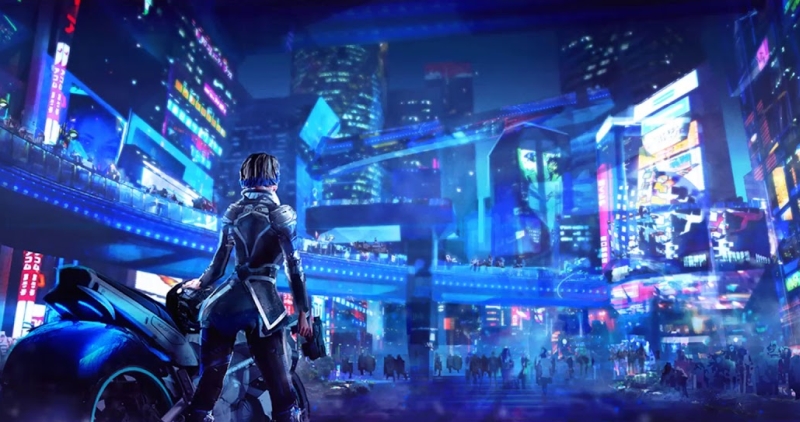
Cyberpunk cities are far more vibrant than their steampunk counterparts.
Steampunk may never totally lose its fan base; and in new generations the cool costumes can be revived on occasion; but what steampunk once was no longer exists. The societal mindset that once existed in the age of Victorian-era Sherlock Holmes has since expired except in the minds of those older fellows who knew steampunk when in its prime. However, the reality is that the ideal of steampunk as a cultural blend of old technology merged with modern trends is now dead, because the trends which were once modern are no longer modern, but outdated. As a result, the harsh reality for steampunk fans is that steampunk is unfortunately outdated.
This is not to say that steampunk cannot be enjoyed, as it certainly can; and it can create a lot of fun still today. However, steampunk is no longer a modern blend, but a wholly historical blend, a blend of 1800’s-era technology with 1900’s-era trends. Just like there are still Civil War reenactors who enjoy olden times, this is now what steampunk is. What steampunk once was no longer exists. The new definition of steampunk is that it is old technology based on newer but now outdated trends. Instead, it can still be enjoyed as historical culture; but not in the way that it once was, because the culture for steampunk has expired. Brass gears and old tesla coils can still make for some great clean fun, but it is not the thing that it once was, because it is no longer a modern trend.
Instead, today we live in a new era in which cyberpunk reigns, because it takes 2000’s technology and blends it with future trends. It takes a generation of science-fiction loving technology users and gives them the philosophical meaning that they crave by their lack of human connection and passion for the next technological breakthroughs. Indeed, much of the cyberpunk once envisioned before the genre of cyberpunk actually existed has now come to pass – and has also helped to define the genre more clearly than ever before.

Thor Ragnarok incorporated quite a bit of awesome cyberpunk visuals, doing a great service to the genre.
When cyberpunk was first envisioned, it could not exist yet because it took the people of today to be able to connect emotionally with the deeper meanings and symbolism. While it could be understood in the 80’s with Blade Runner, at that time cyberpunk did not actually exist yet because the cultural ideals did not exist. Rather, what existed was the defining of the philosophy and the aesthetics behind cyberpunk; but the genre could not truly exist until the world caught up with the authors’ ideas of the future dystopia.
It was actually the 70’s whch saw many science fiction writers creating the framework for the cyberpunk that we have today. While much technology couldn’t even have been imagined by many of these writers, the philosophy of oppression through advancing technology is nothing new to the world. Although some of the foundations for cyberpunk were created in the 70’s with movies like Logan’s Run, Rollerball, and THX 1138, these ideals fell largely out of vogue until Star Wars in the mid 80’s due to the fact that the audience of the day simply could not connect to it in the way that we can today. In many ways you could say that some of the greatest fiction writers were those of the technological dystopia, which is cyberpun; because they have envisioned a future which has truly come to pass (Orwell), or may very well come to pass soon.
It was only in recent years, however, especially with the realization that we have arrived in Orwell’s nightmare when Snowden revealed the truth about the massive covert spying operation known as PRISM, that the ideals of cyberpunk truly began to hit close to home. And with the release of several major movies like Thor Ragnorak, Ex Machina, Tron Legacy, and Ghost in the Shell (2017) (as disappointing as it was), and possibly-overhyped videogames like Cyberpunk 2077, cyberpunk has officially entered the mainstream.
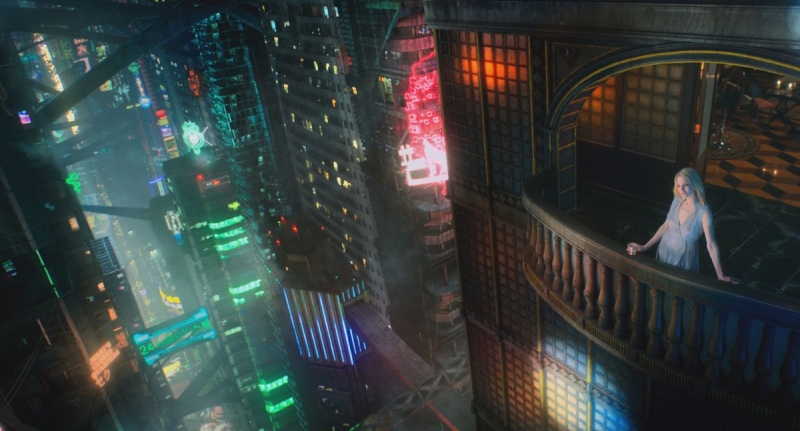
Altered Carbon follows the cyberpunk genre with stunning futuristic cities set in a cultural dystopia.
Although many of the movies and shows that have showcased cyberpunk recently have been less-than-amazing to say the least, this is more due to a deficiency in quality writing or directing or acting (looking at you Ghost in the Shell) than it is anything to do with the strength of the genre. The evidence is clear with the wild successes of Thor Ragnorak and Guardians of the Galaxy, both very obviously cyberpunk. Although both of these popular pop-culture films lack some of the philosophical depth of some of their cyberpunk relatives (like THX 1138), they incorporate some of the cyberpunk aesthetics needed to really kick off the genre and prepare the way for some deeper cyberpunk films.
Unlike steampunk which was a cult phenomenon with an underground fanbase, cyberpunk has been in the makings for decades and has recently truly arrived, entering the mainstream. Because of this, steampunk will go by the way of classic Sherlock Homes; while cyberpunk rises to the forefront of our collective technological consciousness and becomes a driving force for entertainment, philosophical introspection, and of course, profit. Then again, without the profit motive, cyberpunk could not really exist, because it takes a lot of money to create the stunning CGI visuals that create our modern cyberpunk genre.
It is likely that we can all look forward to cyberpunk really taking hold, and this due is in no small part to the two aforementioned successes, namely Thor Ragnarok, which has now reached nearly $1 billion in revenue (~$854 million worldwide), making it one of the top three biggest Marvel films to date. Cyberpunk has finally reached the point in which we can identify with the genre; and as a result, the new age of cyberpunk is here, and steampunk is no more.

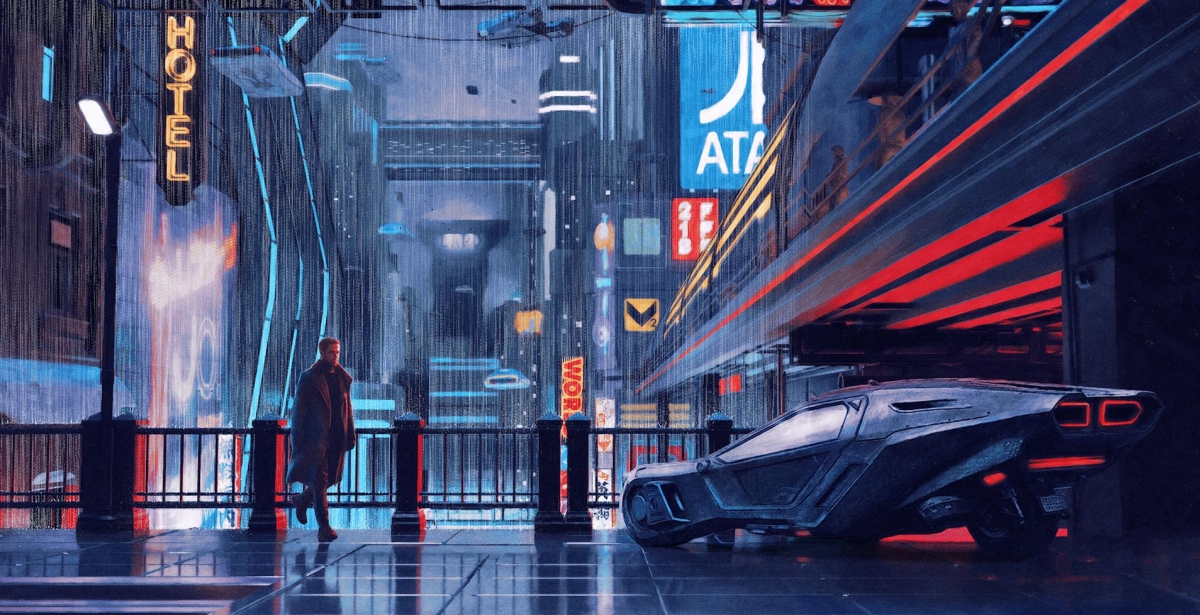



I was a cyberpunk way back in the 1990s
This piece is a long diatribe about how steampunk is dead, and how cyberpunk rules because it is more current. And so on.
Now, I read this hoping to learn about a broader view with more examples, and example of how history fuels our interests!
It’s just not convincing. A good edit would help to make whatever the point is.
I’m tired. Sharing a thought on an interesting topic,
Robin
You know what they say, you can please some of the people some of the time, and perhaps even all of the people some of the time, or some of the people all of the time, but you can’t please everyone all of the time. I’m sure you were just tired. Glad you at least kind of enjoyed it!
Ironically most people prefer high fantasy or post apocalyptic than Cybepunk
Interesting, although I’m not sure it would be possible to make that generalization.
Fantasy thrives on richness of sensory imagination. I haven’t been impressed with cyberpunk.
Steampunk may be dead. but the cyberpunk genre is even more cliche. Cyberpunk was big in the 1980s with films like Bladerunner and William Gibson’s Neuromancer.
Interesting point. Maybe you’re right, but Bladerunner was epic and always will be. What do you think is or will be the successor to cyberpunk?
By the way, I think that maybe steampunk was the successor to film noir. What do you think?